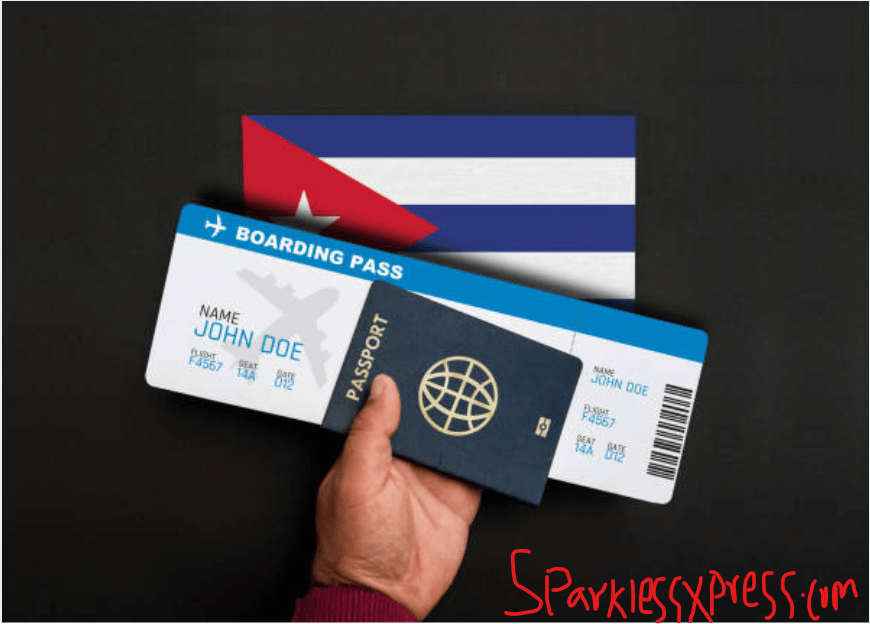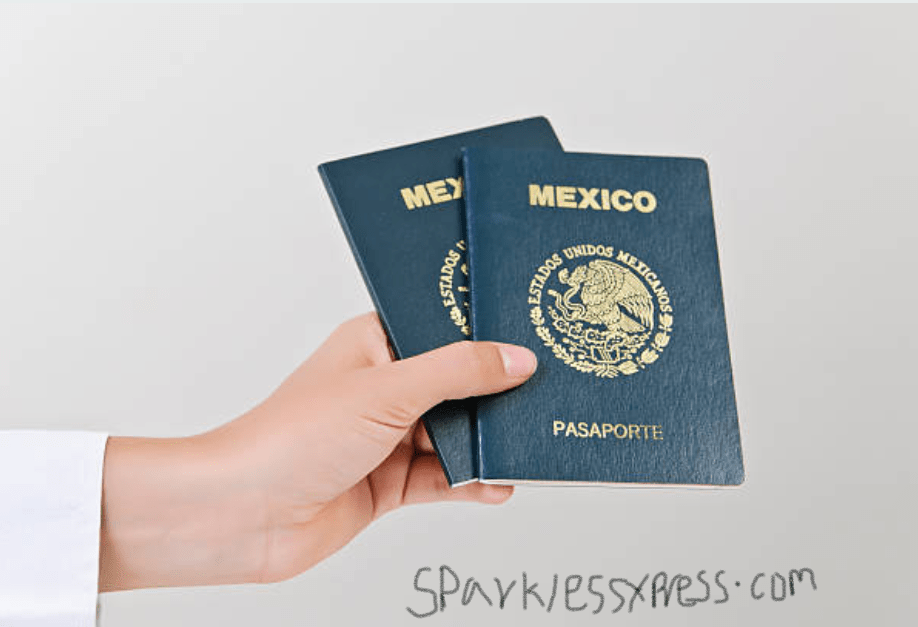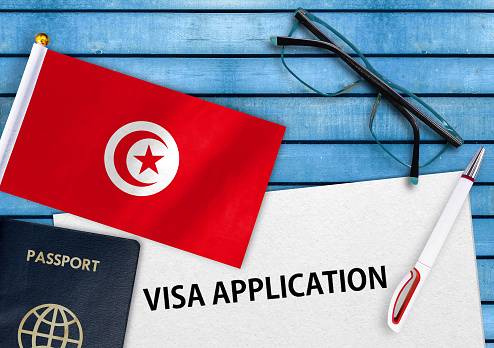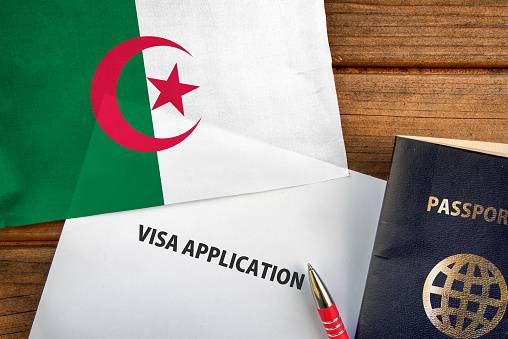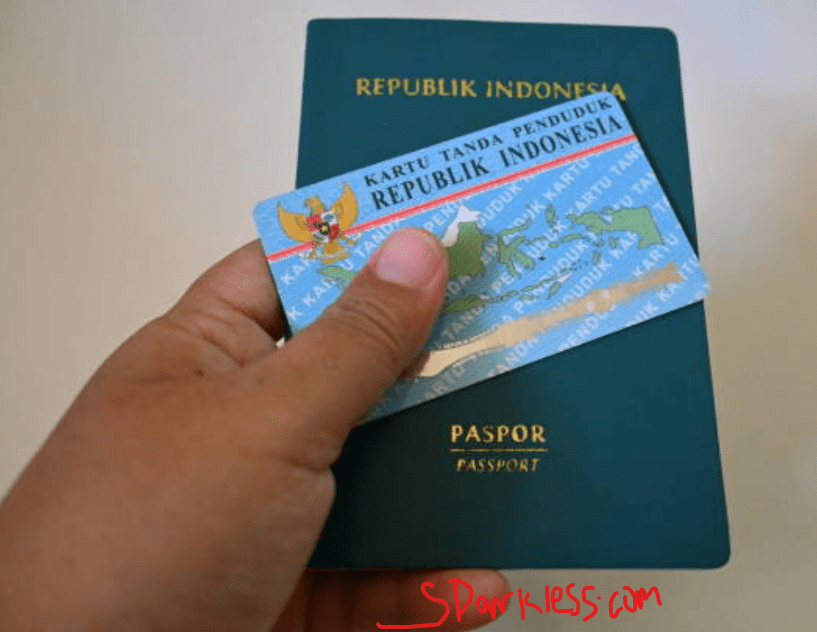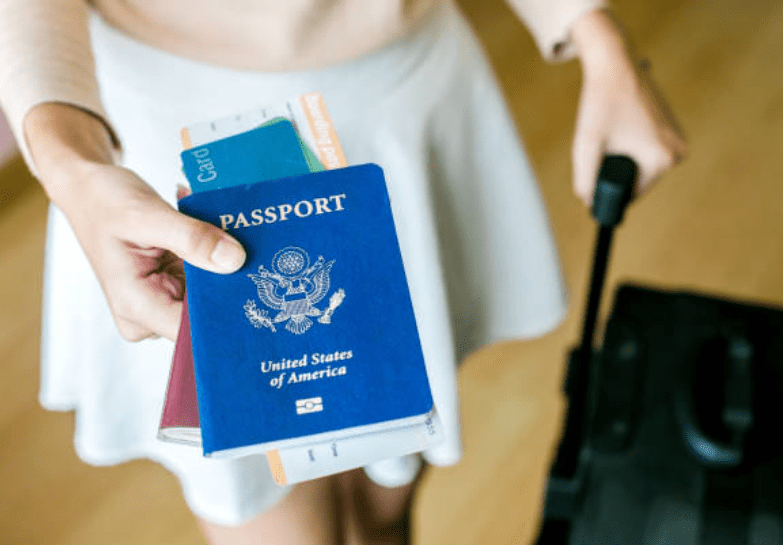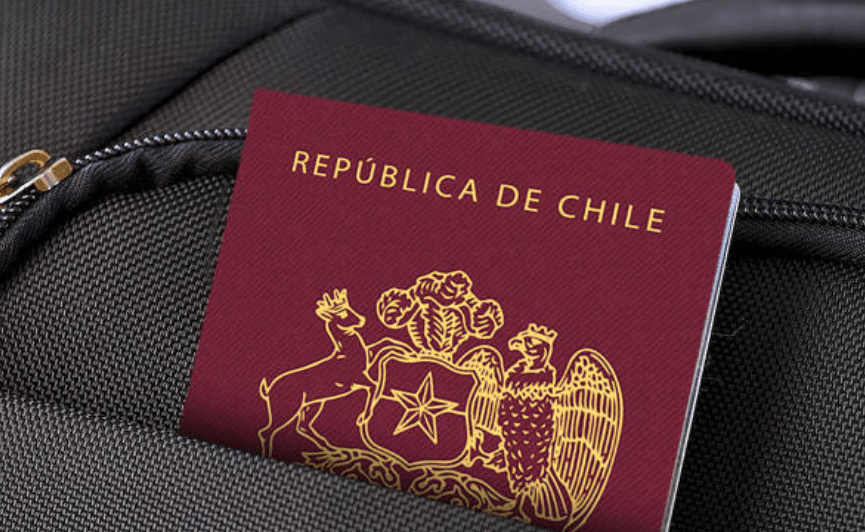If you must take a trip to most countries of the world, you will most likely need a visa. Cuba is no exception.
Every country that requires a visa must have a Cuba Tourist Card in their possession before visiting the island.
At the confluence of the Caribbean Sea, the Gulf of Mexico, and the Atlantic Ocean, in the northern Caribbean, is the nation of Cuba. Isla de la Juventud, the island of Cuba, and numerous tiny archipelagos make up Cuba.
It is a well-liked vacation spot for travelers interested in colonial architecture and Cuba’s history, as well as those who want to take advantage of the country’s mild climate and sandy beaches.
The answer to the question “Can I travel to Cuba?” is “Yes, you can, but you must meet the Cuban visa criteria.” There are, however, certain additional limitations concerning traveling to Cuba from the USA, due to the two countries’ rocky relationship.
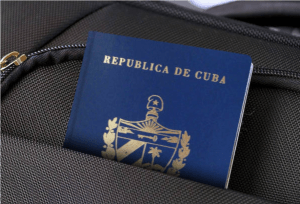
When Do You Need to Get a Cuba Visa?
Nearly everyone who visits Cuba must first obtain a visa (tourist card).
However, if they have a visa-exemption agreement, several nations’ citizens can visit Cuba without a visa.
Documents Needed for a Visa to Cuba
When applying for a Cuba visa, you must have several documents which support your application, such as:
- A Cuba visa application form.
- Your valid passport.
- A return-flight airplane ticket.
Read also
Types of Cuba Visas
Cuba visas are divided based on the purpose of your travel. As such, the most common types of visas for Cuba are:
- Cuba Tourist Visa (Tourist Card), which is issued to foreign nationals who wish to enter the country for tourism purposes.
- Cuba Family Visa (A-2), which is issued to foreign nationals who wish to enter Cuba in order to join a family member living there. This type of visa is only available for immediate family members (spouses or minor children) of Cubans.
- Cuba Journalist Visa (D-6), which, as the name suggests, is issued to foreign journalists traveling to Cuba for work purposes. The journalist has to request authorization for this type of visa from the press office at the Cuban Embassy. Once authorized, they may apply for the visa at the Cuban consulate.
- Cuba Business Visa, which is issued to foreign nationals who want to travel to Cuba to conduct business. As with the Journalist Visa, the applicants have to get authorization for a Business Visa from the commercial office at the Embassy of Cuba before applying for the visa itself at the consulate.
- Cuba Work Visa (D-1), which is issued to foreign nationals who have work contact with a Cuban company or organization, such as technicians and scientists.
- Cuba Student Visa (D-2), which is issued to foreign nationals who have been accepted into a Cuban educational institution. To apply for this type of Cuban visa, you need the help of your Cuban educational institution as well.
- Cuba Medical Treatment Visa (D-10), which is issued to foreigners who need to receive treatment in a Cuban medical institution.
How to Apply for a Visa to Cuba
You must apply for a visa to Cuba at the closest Cuban representation overseas (consulate or embassy). You must apply directly to the consulate by mailing or personally delivering the necessary documentation.
The Cuban government does permit individuals to apply for a visa to Cuba online through legitimate visa application companies or travel firms.
Obtaining a Cuban visa at the airport just before departure is another option. In this instance, though, there is a risk because not all airports provide this choice.
Cuba Tourist Card
A Cuba Tourist Card (Tarjeta Turista), also known as a Cuba Tourist Visa, is issued to all visa-required foreign nationals who wish to enter the country for tourism purposes.
In many cases, you will see the process of obtaining a Cuba tourist visa referred to as “buying a tourist card.” This may be confusing, but it simply means that you are applying for a tourist visa and getting it, regardless of the method (at the consulate, online, airport, or at a visa application agency).
The Difference Between a Green Cuba Tourist Card and a Pink Cuba Tourist Card
To all nations besides the USA, a light green tourist card for Cuba is given out.
When you travel to Cuba, you will be given a pink tourist card if you are from the US. Due to the strained relationship between Cuba and the United States, this is done (read more about traveling to Cuba from the US below).
Consequently, there is this distinction between the green and pink tourist cards.
- Pink: for US nationals or anyone traveling from the US.
- Green: for all other nationals who are not from the US.
Validity of a Cuba Visa
A Cuba visa is valid for a maximum duration of 30 days of entering the country. You may only enter the country once.
Can You Extend a Cuba Visa?
Yes. You can request a Tourist Card extension from the hotel where you are staying or the Cuban immigration authorities once your 30-day visa is expired.
You can stay in Cuba for a maximum of 60 days while on a visa if the extension is approved and issued for an additional 30 days.
How Long to Get a Cuba Visa?
The length of time it takes to get a Cuban visa depends on several variables, including the consulate where you submit your application, the season, and your circumstances. However, it usually takes 30 days to process a Cuban visa. As a result, it is recommended that you apply for a visa a few months before your intended trip.
It might be possible to reduce this time by applying through application agencies, but the fee will be higher.
How Can You Apply for a Long-term Cuba Visa?
Each nation has its procedures for applying for a long-term Cuba visa. As a result, if you want to travel to Cuba for work or school, you must get in touch with the local Cuban consulate and ask for instructions. When requesting a long-stay Cuban visa at the Cuban consulate, you must present the following documents:
- A certificate of police clearance from your country, issued in the past three months and legalized.
- Medical screening, including blood tests, AIDS tests, and radiographic examinations of the thorax. The results cannot be older than six months and must be legalized.
- A letter that states what is the reason that you are applying.
- Any documents which support your request, such as marriage certificates, birth certificates, etc.
- A passport-size picture.
- A photocopy of your passport.
Foreigners who are family members (spouse and/or child) of a Cuban citizen are eligible for Permanent Residence in Cuba.
All other categories (employment, studying) fall under Temporary Residence.
Cuba Visa Fee
A non-refundable Cuba visa application cost must be paid in full by every applicant.
Depending on the method you use to apply, the fee has a different price.
You only need to pay the application cost, which can range from $25 to $75, if you submit your application in person at a Cuban consulate office. You must for the additional postage costs if you’re mailing in your application.
You must pay service fees in addition to the visa fee when submitting an online application through a visa application service.
Do I Need a Cuba Visa if I am Travelling by Sea?
Yes, you do. If you normally need to have a visa to enter Cuba, you must apply for one regardless of the method through which you are entering.
Can US Citizens Travel to Cuba?
They can, yes. However, compared to the rest of the globe, US citizens have significantly more restrictions on their ability to go to Cuba.
It is technically illegal for US citizens to visit Cuba purely for leisure. You must be traveling for one of the 12 types of officially permitted travel to Cuba (see them below).
The US imposed a trade embargo on Cuba in the 1960s as a result of that country nationalizing American-owned oil refineries without paying just compensation. Since then, the ban has merely been altered rather than lifted.
As a result, US citizens visiting Cuba receive a pink Tourist Card rather than a green one.
Additionally, even though both cards have the same validity, the pink Tourist card is more expensive than the standard green one.
Another way for US citizens to visit Cuba is to first travel to another nation and obtain a tourist visa there. This is because your country of origin, not your nationality, determines the color of the card.
This means that if you travel to Cuba from the US, even if you are not an American citizen, you will still receive a pink tourist card.
12 categories of authorized travel to Cuba
After the People to People category was eliminated by the Trump administration in June 2019, there are now only 11 authorized travel categories to Cuba. Now, US citizens are only permitted to visit Cuba if their trip fits into one of the following 11 categories:
- Support for the Cuban people
- Humanitarian activities/projects
- Educational activities (teachers, students, etc)
- Family visits
- Journalism
- Professional research and professional meetings
- Certain authorized export transactions
- Activities of private foundations/research/educational institutes
- Public performances, workshops, clinics, athletic competitions, and exhibitions
- Religious activities
- Exportation, importation, or transmission of information or informative materials
Your general license to travel to Cuba, which is nothing more than your declaration that your purpose of visit fits under one of those categories, will be granted if your reason for travel is one of the aforementioned ones. You do not acquire a real, tangible “license.”
Before this, Americans could enter Cuba through the People to People category. On June 5th, 2019, that category was eliminated. Only excursions booked through People to People before June 5, 2019, are permitted to continue.
The Office of Foreign Assets Control sets the conditions for certain types of US citizens to visit Cuba.
I believe this page has fed you richly on how to go about applying for a Cuba visa. You can start right away with planning your first or next trip to Cuba today!
RECOMMENDED
